US para diagnóstico y seguimiento de la nutrición en el paciente críticamente enfermo
Resumen
Antecedentes: La nutrición en pacientes críticamente enfermos es un aspecto fundamental en su manejo, ya que influye directamente en la evolución clínica, la recuperación y la supervivencia. La desnutrición en este contexto no solo se asocia con un aumento de la morbilidad y la mortalidad, sino que también conlleva una mayor incidencia de infecciones nosocomiales, debilidad adquirida en la UCI y una prolongada estancia hospitalaria. Metodología: Se llevó a cabo una revisión sistemática, en la que se realizaron búsquedas en las bases de datos de PubMed, Scielo y ScienceDirect, entre otras. Se tendrán encuentran los siguientes criterios: Pacientes adultos (>18 años) ingresados en unidades de cuidados intensivos (UCI), uso de ultrasonido para la evaluación de la composición corporal, masa muscular o estado nutricional, evaluaciones nutricionales convencionales (bioimpedancia, antropometría, biomarcadores séricos) o ausencia de evaluación. Resultados: El uso del ultrasonido (US) en la evaluación nutricional de pacientes críticamente enfermos ha emergido como una herramienta valiosa para la monitorización de la composición corporal, particularmente en la medición de la masa muscular y el tejido adiposo. La mayoría de los estudios analizados en metaanálisis recientes han encontrado que el US es una técnica altamente reproducible y precisa cuando se siguen protocolos estandarizados. Conclusiones: Los hallazgos de los metaanálisis respaldan el uso del ultrasonido como una herramienta efectiva y confiable para la evaluación y seguimiento de la nutrición en pacientes críticamente enfermos. Su capacidad para proporcionar mediciones objetivas de la masa muscular y el tejido adiposo, junto con su seguridad y facilidad de uso en la UCI, lo posicionan como una alternativa viable.
Descargas
Citas
Merker M., Felder M., Gueissaz L., Bolliger R., Tribolet P., Kägi-Braun N., Gomes F., Hoess C., Pavlicek V., Bilz S., et al. Association of Baseline Inflammation with Effectiveness of Nutritional Support Among Patients with Disease-Related Malnutrition: A Secondary Analysis of a Randomized Clinical Trial. JAMA Netw. Open. 2020;3:e200663. doi: https://www.doi.org/10.1001/jamanetworkopen.2020.0663
Kaegi-Braun N., Boesiger F., Tribolet P., Gomes F., Kutz A., Hoess C., Pavlicek V., Bilz S., Sigrist S., Brändle M., et al. Validation of modified GLIM criteria to predict adverse clinical outcome and response to nutritional treatment: A secondary analysis of a randomized clinical trial. Clin. Nutr. 2022;41:795–804. doi: https://www.doi.org/10.1016/j.clnu.2022.02.009
Álvarez Hernández J., Planas Vila M., León-Sanz M., García de Lorenzo A., Celaya-Pérez S., García-Lorda P., Araujo K., Sarto Guerri B., on behalf of the PREDyCES® Researches Prevalencia y costes de la malnutrición en pacientes hospitalizados; estudio predyces. Nutr. Hosp. 2012;27:1049–1059. doi: https://www.doi.org/10.3305/nh.2012.27.4.5986
León-Sanz M., Brosa M., Planas M., García-de-Lorenzo A., Celaya-Pérez S., Hernández J.Á. PREDyCES study: The cost of hospital malnutrition in Spain. Nutrition. 2015;31:1096–1102. doi: https://www.doi.org/10.1016/j.nut.2015.03.009
Cruz-Jentoft A.J., Bahat G., Bauer J., Boirie Y., Bruyère O., Cederholm T., Cooper C., Landi F., Rolland Y., Sayer A.A., et al. Sarcopenia: Revised European consensus on definition and diagnosis. Age Ageing. 2019;48:16–31. doi: https://www.doi.org/10.1093/ageing/afy169
Gingrich A., Volkert D., Kiesswetter E., Thomanek M., Bach S., Sieber C.C., Zopf Y. Prevalence and overlap of sarcopenia, frailty, cachexia and malnutrition in older medical inpatients. BMC Geriatr. 2019;19:120. doi: https://www.doi.org/10.1186/s12877-019-1115-1
Mazeaud S., Zupo R., Couret A., Panza F., Sardone R., Castellana F. Prevalence of Sarcopenia in Liver Cirrhosis: A Systematic Review and Meta-Analysis. Clin. Transl. Gastroenterol. 2023;14:e00584. doi: https://www.doi.org/10.14309/ctg.0000000000000584
Jensen S., Bloch Z., Quist M., Hansen T.T.D., Johansen C., Pappot H., Suetta C., Skjødt Rafn B. Sarcopenia and loss of muscle mass in patients with lung cancer undergoing chemotherapy treatment: A systematic review and meta-analysis. Acta Oncol. 2023;62:318–328. doi: https://www.doi.org/10.1080/0284186X.2023.2180660
Park B., Bhat S., Xia W., Barazanchi A.W., Frampton C., Hill A.G., MacCormick A.D. Consensus-defined sarcopenia predicts adverse outcomes after elective abdominal surgery: Meta-analysis. BJS Open. 2023;7:zrad065. doi: https://www.doi.org/10.1093/bjsopen/zrad065
Needham DM, Davidson J, Cohen H, Hopkins RO, Weinert C, Wunsch H, Zawistowski C, Bemis-Dougherty A, Berney SC, Bienvenu OJ, et al. Improving long-term outcomes after discharge from intensive care unit: report from a stakeholders' conference. Crit Care Med. 2012;40:502–509. doi: https://www.doi.org/10.1097/CCM.0b013e318232da75
Fuke R, Hifumi T, Kondo Y, Hatakeyama J, Takei T, Yamakawa K, Inoue S, Nishida O. Early rehabilitation to prevent postintensive care syndrome in patients with critical illness: a systematic review and meta-analysis. BMJ Open. 2018;8:e019998. doi:
https://www.doi.org/10.1136/bmjopen-2017-019998
Sevin CM, Bloom SL, Jackson JC, Wang L, Ely EW, Stollings JL. Comprehensive care of ICU survivors: development and implementation of an ICU recovery center. J Crit Care. 2018;46:141–148. doi: https://www.doi.org/10.1016/j.jcrc.2018.02.011
Kamdar BB, Suri R, Suchyta MR, Digrande KF, Sherwood KD, Colantuoni E, Dinglas VD, Needham DM, Hopkins RO. Return to work after critical illness: a systematic review and meta-analysis. Thorax. 2020;75:17–27. doi: https://www.doi.org/10.1136/thoraxjnl-2019-213803
McClave S.A., Taylor B.E., Martindale R.G. Guidelines for the provision and assessment of nutrition support therapy in the adult critically ill patient: Society of Critical Care Medicine (SCCM) and American Society for Parenteral and Enteral Nutrition (A.S.P.E.N) J Parenter Enter Nutr. 2016;vol. 40:159–211. doi: https://www.doi.org/10.1177/0148607115621863
Singer P., Reintam A., Berger M.M. ESPEN guideline on clinical nutrition in the intensive care unit. Clin Nutr. 2018:1–32. doi: https://www.doi.org/10.1016/j.clnu.2018.08.037
Arabi Y.M., Aldawood A.S., Al-Dorzi H.M. Permissive underfeeding or standard enteral feeding in high- and low-nutritional-risk critically ill adults. Post hoc analysis of the PermiT Trial. Am J Respir Crit Care Med. 2017;195:652–662. doi:
https://www.doi.org/10.1164/rccm.201605-1012OC
Allingstrup M.J., Kondrup J., Wiis J. Early goal-directed nutrition in ICU patients (EAT-ICU): protocol for a randomised trial. Dan Med J. 2016;63:1–6.
Ding X., Boney-montoya J., Owen B.M. Initial trophic vs full enteral feeding in patients with acute lung injury: the EDEN randomized trial. J Am Med Assoc. 2012;307:795–803. doi: https://www.doi.org/10.1001/jama.2012.137
Doig G.S. Early parenteral nutrition in critically ill patients with short-term relative contraindications to early enteral nutrition. JAMA. 2013;309:2130. doi: https://www.doi.org/10.1001/jama.2013.5124
Reignier J., Boisramé-Helms J., Brisard L. Enteral versus parenteral early nutrition in ventilated adults with shock: a randomised, controlled, multicentre, open-label, parallel-group study (NUTRIREA-2) Lancet. 2017;6736:12–15. doi:
https://www.doi.org/10.1016/S0140-6736(17)32146-3
Calder P.C., Adolph M., Deutz N.E. Lipids in the intensive care unit: recommendations from the ESPEN Expert Group. Clin Nutr Elsevier. 2018;37:1–18. doi:
https://www.doi.org/10.1016/j.clnu.2017.08.032
Stock M.S., Thompson B.J. Echo intensity as an indicator of skeletal muscle quality: Applications, methodology, and future directions. Eur. J. Appl. Physiol. 2021;121:369–380. doi: https://www.doi.org/10.1007/s00421-020-04556-6
Bourgeois B., Fan B., Johannsen N., Gonzalez M.C., Ng B.K., Sommer M.J., Shepherd J.A., Heymsfield S.B. Improved strength prediction combining clinically available measures of skeletal muscle mass and quality. J. Cachexia Sarcopenia Muscle. 2019;10:84–94. doi: https://www.doi.org/10.1002/jcsm.12353
Geng J., Wei Y., Xue Q., Deng L., Wang J. Phase angle is a useful bioelectrical marker for skeletal muscle quantity and quality in hospitalized elderly patients. Medicine. 2022;101:e31646. doi: https://www.doi.org/10.1097/MD.0000000000031646
García-García C., Vegas-Aguilar I.M., Rioja-Vázquez R., Cornejo-Pareja I., Tinahones F.J., García-Almeida J.M. Rectus Femoris Muscle and Phase Angle as Prognostic Factor for 12-Month Mortality in a Longitudinal Cohort of Patients with Cancer (AnyVida Trial) Nutrients. 2023;15:522. doi: https://www.doi.org/10.3390/nu15030522
Puthucheary, Z. A., Rawal, J., McPhail, M., Connolly, B., Ratnayake, G., Chan, P., ... & Montgomery, H. E. (2013). Acute skeletal muscle wasting in critical illness. JAMA, 310(15), 1591-1600. https://doi.org/10.1001/jama.2013.278481
Turton, P., Hay, R., Taylor, J., McPhee, J., & Welters, I. (2016). Human limb skeletal muscle wasting and architectural remodeling during five to ten days intubation and ventilation in critical care—an observational study using ultrasound. BMC Anesthesiology, 16, 119. https://doi.org/10.1186/s12871-016-0269-z
Gómez, D., Martínez, A., & López, R. (2023). El reto de evaluar la situación nutricional de los pacientes y su evolución durante el tratamiento. Desde el paciente crítico hasta el paciente ambulatorio (I). Nutrición Hospitalaria, 40(Spe 1), 15-19. https://doi.org/10.20960/nh.04674
Arai Y., Nakanishi N., Ono Y., Inoue S., Kotani J., Harada M., Oto J. Ultrasound assessment of muscle mass has potential to identify patients with low muscularity at intensive care unit admission: A retrospective study. Clin. Nutr. ESPEN. 2021;45:177–183. doi: https://www.doi.org/10.1016/j.clnesp.2021.08.032
Sáez Moreno M.Á., Jiménez Lorenzo R., Lueso Moreno M., López-Torres Hidalgo J. Prevalence of dynapenia in patients over 65 years. Aten Primaria. 2018;50:567–568. doi: https://www.doi.org/10.1016/j.aprim.2018.01.004
BBot D., Lucassen C., Werkman M., van Dijk S., Feshtali S.S., Tushuizen M.E., van Hoek B. Skeletal muscle mass in patients with end-stage liver disease: Not only muscle size but especially muscle quality matters in relation to physical fitness. Clin. Nutr. ESPEN. 2023;55:407–413. doi: https://www.doi.org/10.1016/j.clnesp.2023.04.005
Cannataro R., Carbone L., Petro J.L., Cione E., Vargas S., Angulo H., Forero D.A., Odriozola-Martínez A., Kreider R.B., Bonilla D.A. Sarcopenia: Etiology, Nutritional Approaches, and miRNAs. Int. J. Mol. Sci. 2021;22:9724. doi: https://www.doi.org/10.3390/ijms22189724
Sánchez-Torralvo F.J., Porras N., Ruiz-García I., Maldonado-Araque C., García-Olivares M., Girón M.V., Gonzalo-Marín M., Olveira C., Olveira G. Usefulness of Muscle Ultrasonography in the Nutritional Assessment of Adult Patients with Cystic Fibrosis. Nutrients. 2022;14:3377. doi: https://www.doi.org/10.3390/nu14163377
Campa F., Coratella G., Cerullo G., Stagi S., Paoli S., Marini S., Grigoletto A., Moroni A., Petri C., Andreoli A., et al. New bioelectrical impedance vector references and phase angle centile curves in 4367 adults: The need for an urgent update after 30 years. Clin. Nutr. 2023;42:1749–1758. doi: https://www.doi.org/10.1016/j.clnu.2023.07.025
Derechos de autor 2025 Valentina Mazuera Quintero , Roger Arlex Montero López, Sergio Camilo Cuello Daza, Cristhian David Velásquez Hernández, Alberto Rafael Garcia Luenga, Linda Marcela Montiel Vásquez

Esta obra está bajo licencia internacional Creative Commons Reconocimiento 4.0.












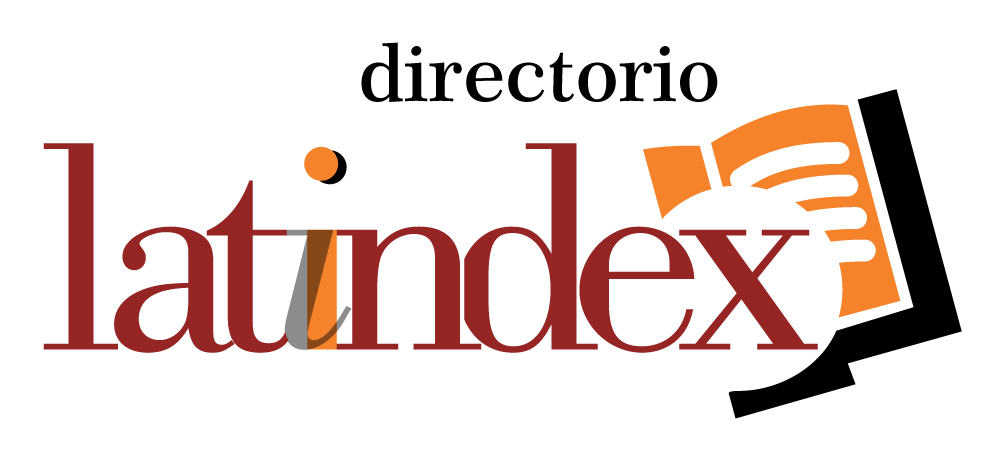
.png)
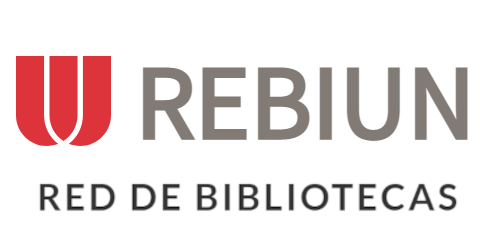







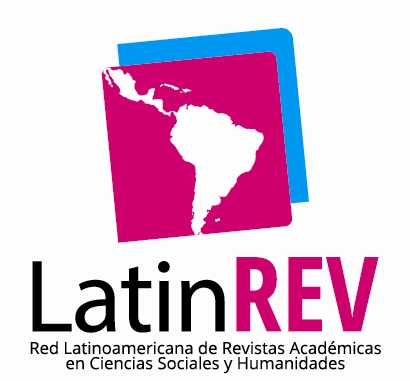

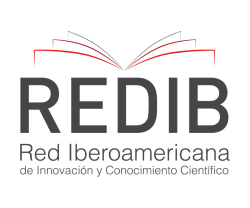


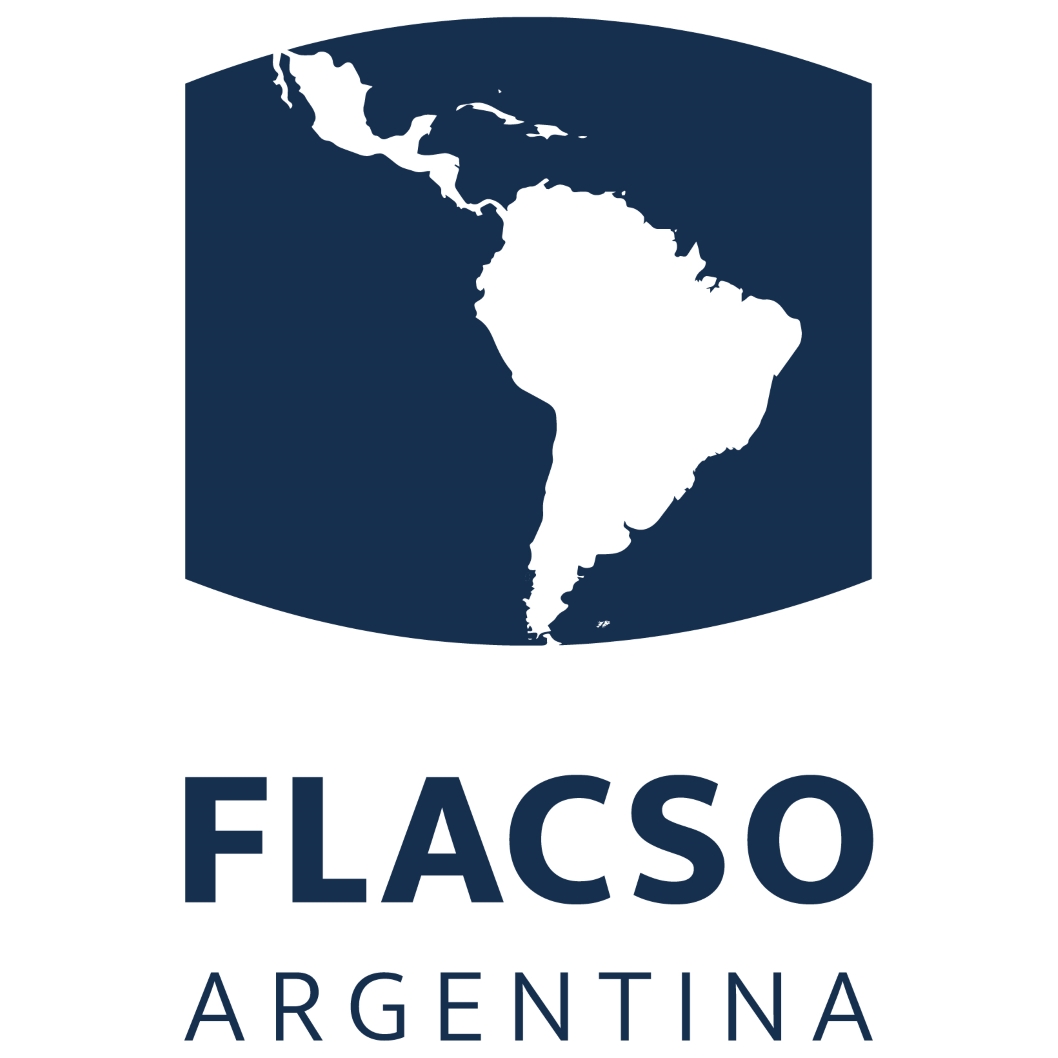






.png)
1.png)


